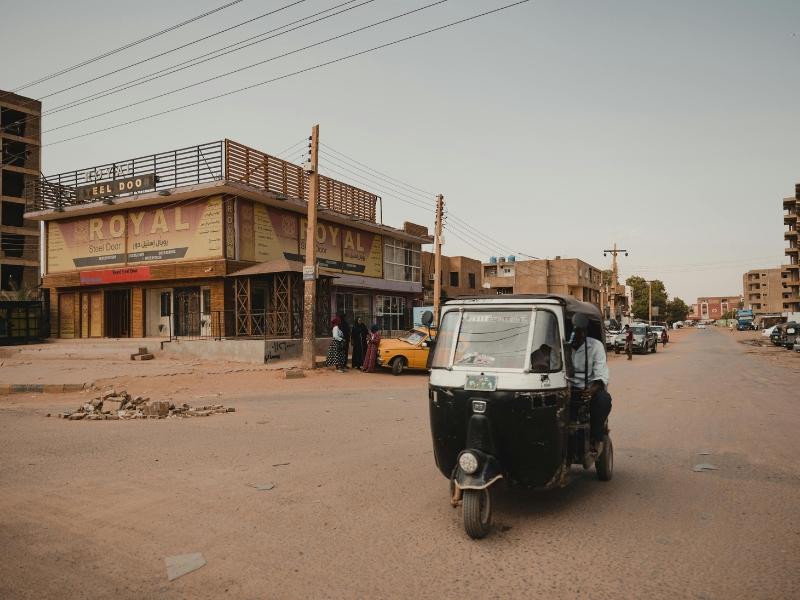When we talk about the poorest countries in the world, we usually refer to GDP per capita (PPP) — a measure that adjusts for local cost of living and shows what the average person can buy with their income.
Despite global development progress, some nations still face deep economic challenges caused by political instability, poverty, and weak infrastructure.
Here’s a look at the Top 10 Poorest Countries in 2025, based on the latest data from the IMF and World Bank.
🥇 1. South Sudan – $960 (GDP per Capita, PPP)
South Sudan remains the world’s poorest country. Continuous civil unrest, limited access to education, and heavy reliance on oil exports have slowed recovery efforts.
Agriculture and humanitarian aid remain the backbone of its fragile economy.
Region: Africa
Main Challenges: Political instability, conflict, poor infrastructure.
🥈 2. Burundi – $1,010
Burundi’s economy is largely agricultural, but land scarcity and overpopulation make development difficult. Despite reforms, poverty levels remain among the highest in the world.
Region: Africa
Main Challenges: Limited resources, political instability, weak economy.
🥉 3. Central African Republic – $1,310
The Central African Republic (CAR) is rich in diamonds and minerals, but internal conflict and corruption prevent sustainable growth. The majority of citizens depend on small-scale farming.
Region: Africa
Main Challenges: Security issues, weak governance, poor investment climate.
4. Malawi – $1,760
Malawi is known for its peaceful population but struggles with low productivity, droughts, and limited industrial growth.
Efforts in education and healthcare are improving, yet poverty remains widespread.
Region: Africa
Main Challenges: Agricultural dependence, droughts, low exports.
5. Mozambique – $1,790
After years of conflict, Mozambique continues to recover, but corruption and debt issues slow progress.
Natural gas projects could transform the economy in the future.
Region: Africa
Main Challenges: Debt, poor infrastructure, natural disasters.
6. Somalia – $1,900
Somalia’s long-standing instability and weak central government have crippled its economy.
Despite improvements in telecommunications and trade, insecurity continues to limit growth.
Region: Africa
Main Challenges: Insecurity, governance issues, drought.
7. Democratic Republic of the Congo – $1,910
The DRC has vast natural resources, including cobalt and gold, but conflict and corruption prevent fair wealth distribution.
Infrastructure and education reform are key to progress.
Region: Africa
Main Challenges: Corruption, conflict, poor infrastructure.
8. Liberia – $2,000
Liberia has made strides since its civil wars, but high unemployment and low investment keep poverty high.
Agriculture and mining remain the main sectors.
Region: Africa
Main Challenges: Post-war recovery, low foreign investment.
9. Yemen – $2,020
Years of war have devastated Yemen’s economy and infrastructure. Millions face food insecurity, and rebuilding will take years even after peace is restored.
Region: Middle East / Asia
Main Challenges: War, humanitarian crisis, economic collapse.
10. Madagascar – $2,060
Despite rich biodiversity and tourism potential, Madagascar faces chronic poverty due to political instability and poor roads and infrastructure.
Region: Africa
Main Challenges: Environmental issues, poor infrastructure, poverty.
📉 Why Are These Countries So Poor?
The main causes include:
Conflict and war – destroys infrastructure and displaces millions.
Weak institutions – corruption and poor governance reduce investment.
Low education and healthcare – prevent human capital growth.
Overdependence on agriculture – economies collapse with bad harvests.
Climate change – droughts, floods, and disasters reduce productivity.
🌟 Hope for the Future
Many of these countries have young populations and untapped natural resources. With peace, education, and good governance, economic transformation is possible.
International cooperation and sustainable development programs play a crucial role in their future progress.
✅ Key Takeaway
The poorest countries remind us that economic growth alone isn’t enough — equality, stability, and education are essential for lasting prosperity.
Globrend continues to explore and share data-driven insights about the world’s most challenging and inspiring nations.
🧠 Sources:
International Monetary Fund (IMF) 2025 Data
World Bank Global Development Indicators
UNDP Human Development Report
Leave a comment
Your email address will not be published. Required fields are marked *




